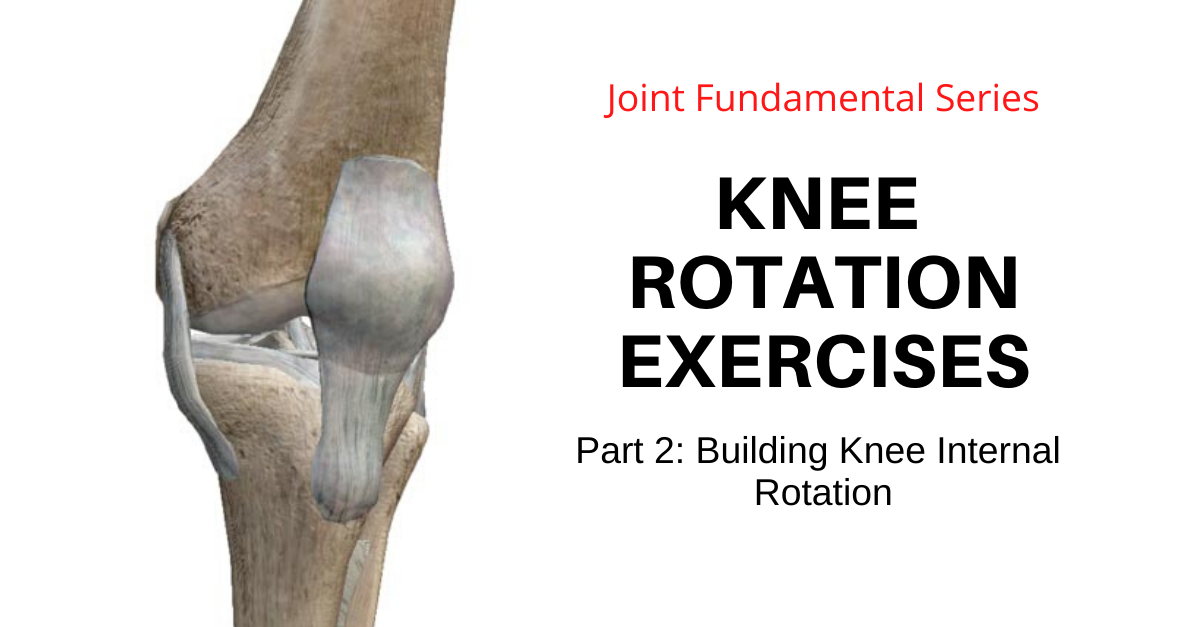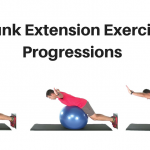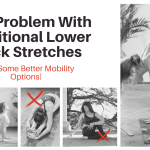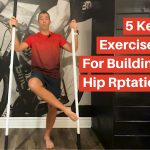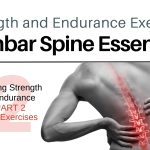In my last article we started talking about the importance of knee rotation, which is an absolutely critical yet often neglected fundamental motion. There we covered why knee rotation is so important, and reviewed assessment strategies to go through with your patients or clients. You can check out that article here is you missed it or need a refresher.
To make things a little more digestible Part 1 focused primarily on corrective exercises for knee external rotation. Here in Part 2 we will cover exercises for knee internal rotation.
And remember, if you are a My Rehab Connection subscriber you can find all of these exercises in My Exercises Library.
Training Control of Knee Internal Rotation
To train coordination and control of the knee we are going to use active range of motion exercises with a very specific rotational focus. (If you are familiar with the Functional Range Conditioning System these would be an example of a Capsular CARS exercise.)
The way I typically start with most patients is to have them seated in a chair with their foot flat on the floor. For this to work best you want the foot to be able to slide, so doing this on a hardwood or tile floor and putting a towel under the foot will help.
From here what we are going to ask our patient or client to do is simply rotate their lower leg and foot internally and externally. Motion of the toes outward and the heel inward is knee external rotation. As the toes go in and the heel goes out, this is knee internal rotation. Depending on the presentation and exercise goals you can either move and forth, or you can bias the movement towards internal or external rotation.
Keep in mind that our aim here is to isolate movement at the knee, so we really want this rotation to occur exclusively through the tibia. To help with this we need to make sure the foot stays flat on the floor. This will help prevent compensatory inversion/eversion motion at the foot and ankle.
It is also helpful to focus on moving the heel and forefoot in opposing directions. For example, during knee internal rotation we want to slide the heel out as the forefoot comes in.
The other common compensation that you’ll see all the time will be movement of the thigh back and forth. To prevent this we can lock the thigh in place by holding a yoga block between the knees, or by placing a stiff strap around the distal thigh.
As a side note, the way I like to use these blocks is that if the knee thigh has a tendency to fall in, I like to use the strap and have the patient lightly press out against the strap to create tension in the abductors. In this way it becomes more of an active block. Likewise, if the tendency is for the thigh to go outwards I will lean more towards using the block and having the patient or client squeeze into the block to activate the adductors.
Developing Knee Internal Rotation Flexibility
If we find that flexibility (PROM) of knee internal rotation is limited, we need to plug something into our treatment program to help improve this findings. In the majority of these cases we can use manual therapy therapy techniques to help with this, but we also want to be able to give our patients something they can do at home.
Here we’re going to talk about how to perform a PAILS exercise for knee internal rotation. These exercises, which stands for Progressive Angle Isometric Loading, are an integral component of the Functional Range Conditioning system, which incorporates isometric contraction into a stretched or endrage position. Not only do these contractions influence passive tissue components, but will also affect the neurological components such as the stretch reflex and muscle spindle sensitivity. In other words, it will help improve stretch tolerance.
When training knee internal rotation we are going to start with the outside of our foot against a wall. Once we’re in this position we’re going to place a heavy kettlebell against the inside of our heel. This kettlebell isn’t absolutely necessary but does help to provide something to push against when we get to the contraction phase of the exercise.
With our foot in place we can then start to turn our hips towards the wall, but will start to create internal rotation at the knee.
You need to be very careful with this motion, especially when dealing with knee pain or injury, but if this position is tolerated we want to relax into and hold this position up to 2 minutes.
Following this passive stretch we can then start to incorporate some contraction. In this example, to help improve knee internal rotation we want to contract into external rotation. To do this we can start to rotate our forefoot into the wall and our heel out against the kettlebell.
Remember, we want to be careful not to strain or irritate the tissue, so start easy. Once you establish the desired intensity you can then hold the contraction from 10-30s, then slowly relax and if possible let turn in a little farther towards the wall to establish the next tissue barrier. Relax into this new position for 10-30 seconds, then perform another contraction. You can repeat this 3-4 times.
Knee Internal Rotation Mobilization with Band
Another option to help improve knee internal rotation is to perform an Active-Assisted mobilization using a resistance band. Here we can start in a kneeling position with a relatively stiff resistance band wrapped around the back of our heel. To promote internal rotation we want the other end of the band to be secured so the band is running away from our body.
With the band secured around our heel we want to first rotate our heel inwards to engage the rotational muscles around the knee. Then we want to slowly rotate the heel outwards, which starts to rotate the knee internally. During the first part of the movement we are working to eccentrically control the rotational moment created by the band. As the knee moves farther into external rotation we want can then transition into more of a concentric contraction. Here the band acts as assistance and helps to achieve a greater range.
We can hold the end position for a few seconds then slowly rotate in the opposite direction again. We can slowly perform 10-15 repetitions.
Training Knee Internal Rotation Strength
Once the knee has sufficient flexibility and control, we can then start to progress to higher level loading and strength exercises.
One option that I often use in my clinic is to train knee rotation from a kneeling position using a stiff resistance band or cable. To train knee internal rotation we’re going to set this up by wrapping the band around the outside of our heel with the band running across our body. From here we are going to slowly pull heel outwards against the resistance of the band.
As we do this we want to keep the forefoot flat, almost as if we are pivoting from the ball of our foot. We want to firmly hold the contraction in this end position for a few seconds, then slowly rotate the heel inwards. Remember we want to move slow and control this motion to accentuate the eccentric phase of the movement.
Sets and Reps
Remember, if the goal is to promote strength we want to provide stimulus to actually get the tissue stronger. But at the same time, we are often prescribing these exercises as part of a rehabilitation program, so we also need to respect the potential for easily irritable or healing tissue.
So we may need to ease into these exercises and initially keep the resistance low. But once tolerance has been established I will typically have patients perform anywhere from 3-5 sets of 6-10 repetitions. And they will typically perform these two to three times per week. But these need to be very deliberate sets and reps. Remember, it is not easy to get strong. If someone goes to the gym and does a few sets of biceps curls, if they’re not fatigued after those exercises they probably didn’t work hard enough to create a change. And that’s what I tell most of my patients. If I tell them to do sets of 6-10, I expect those last few reps to be challenging. If they get to 10 repetitions but feel like they could have done more they need to increase the resistance.

